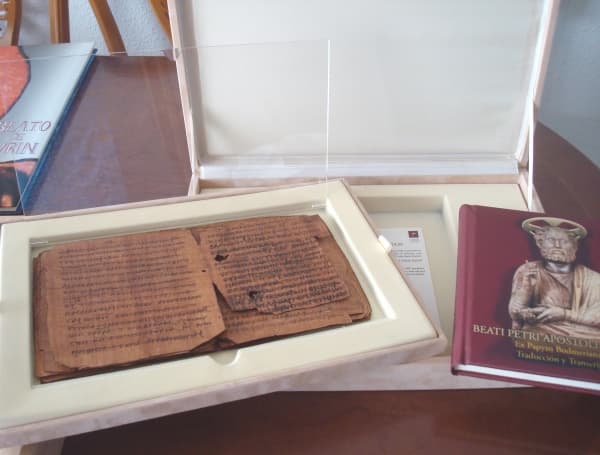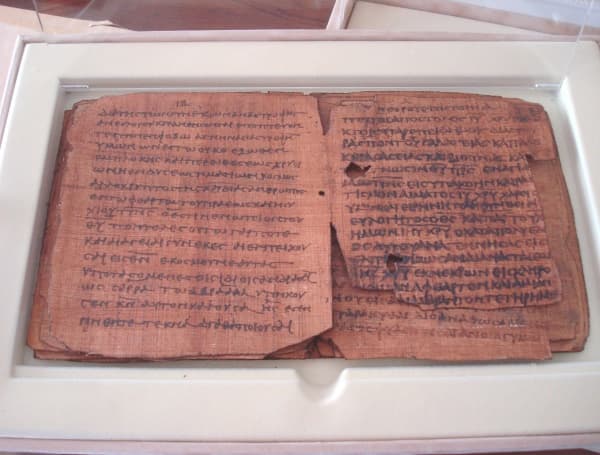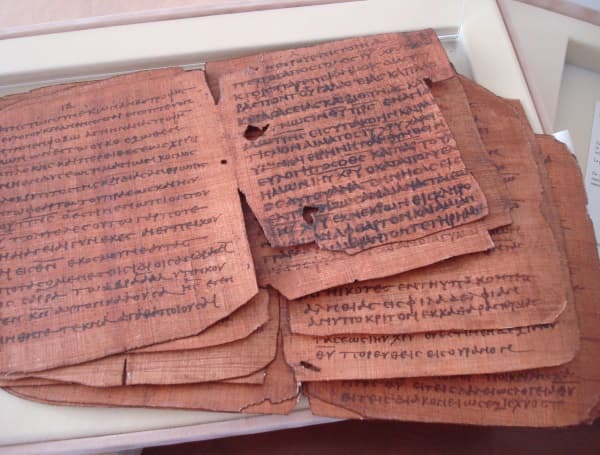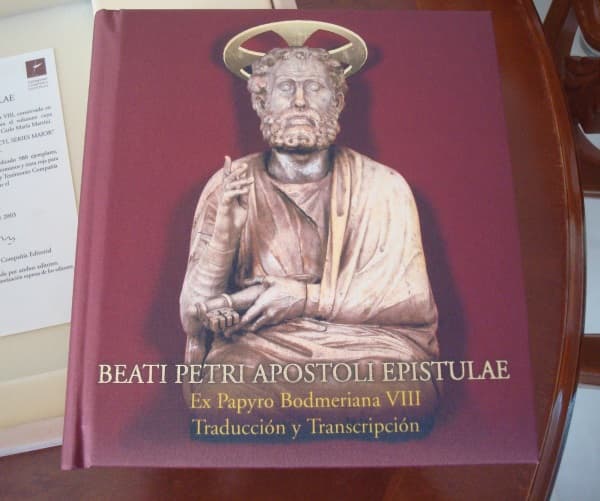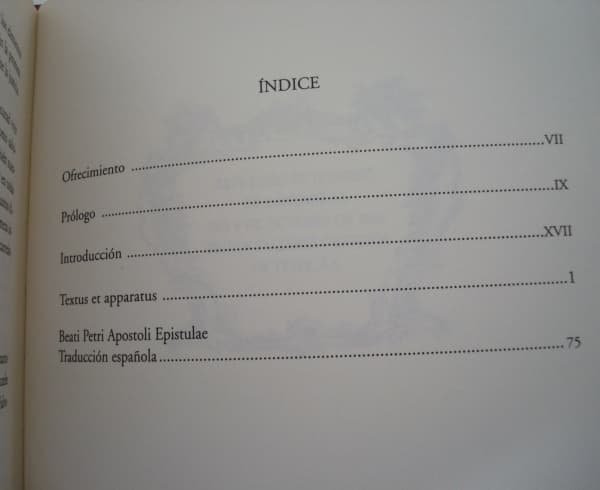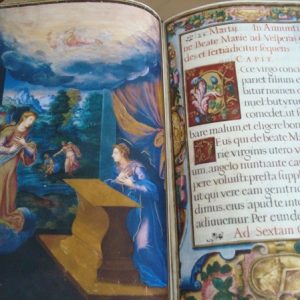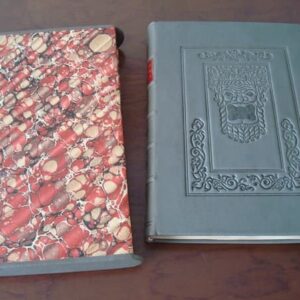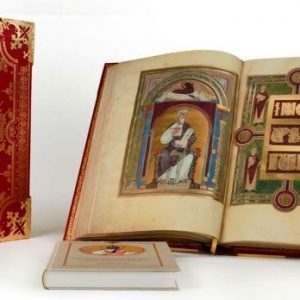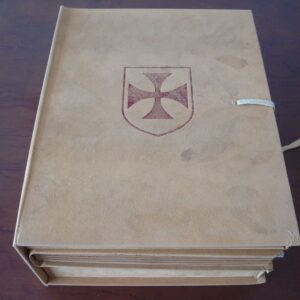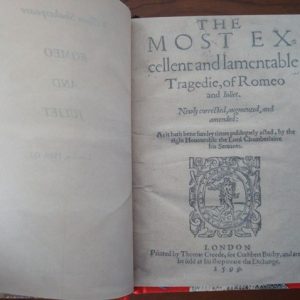Description
Beati Petri Apostoli Epistulae. Ex Papyro Bodmeriana VIII. Translation and transcription.
The original show whose facsimile reproduction, is preserved in the Vatican Library. Eighteen pages, containing the Epistles of St. Peter, which was the final part of an ancient papyrus codex (symbol P72), quite thick, which, according to reasonable hypothesis of M. Testuz, had at least 180 pages, largely preserved. Indeed, the codex probably contained a broad anthology of texts comprising the apocryphal Birth of Mary (CANT 50), the apocryphal correspondence between St. Paul and the Corinthians (CANT 211.IV), the Ninth Ode of Solomon, the Epistle of Jude the Homily of Melito of Sardis about Easter (CPG 1092), a fragment of one of her hymns (CPG 1093.17), the Apology of Filea (CPG 1672) and Psalms 33 and 34, ending the Epistles of St. Peter. These texts, such as we have related, respond to current Papyrus Bodmer V, X, XI, VII, XIII, XII, XX, IX, VIII.
The codex, almost square, is well preserved generally. In many cases, the margins of the pages look like they are complete, which allows to calculate the original dimensions of the codex quite closely at about 16 x 14.5 cm. It was written by several hands, probably four, believed to have been happening from the beginning of the third century and the first half of IV after Christ. The meeting of the various parts composing it must have occurred during the fourth century.
Writing Bodmer VIII Papyrus, is a substantially right capital, although with slight oscillations, characterized by a rather fast track without contrast thick and thin. Letter module tends to square, but is not entirely uniform. Among the most revealing elements of the existence of a trend of cursive in this script, one can point the stroke horizontal attack or curvilinear often link a letter to the next and particularly the constant horizontal pseudo-ligating shown in Part low capital letter beta. This type of writing, well disciplined for librario use and often used for transcription of Christian texts, it is not far from unusual spellings that can also be found in documentary papyri from the same period of use, especially in correspondence private.
the exact place where the manuscript was found, but it looks like it is of Egyptian origin is not known. Given the small size of the manuscript and consist of an anthology of texts, it has been assumed that, rather than for the liturgy, was intended for private use.
The pages that make up the Papyrus Bodmer VIII was donated to Pope Paul VI by the Swiss collector Martin Bodmer in June 1969 and kept in the Vatican Library the original document. Currently unbound they preserved, protected each bifolio, as usual, by a transparent protective film, while the binder that entered the Vatican Library has been incorporated into the background Encuadernaciones.
This splendid facsimile edition was made by the Vatican Library and published jointly with the Spanish publishing Testimony, to mark the 25th anniversary of the Pontificate of John Paul II.
The facsimile reproductions are presented in a 37.5 x 25.5 x 6 cm format box, lined with gold-stamped velvet and with two interior compartments, one upper one to contain the facsimiles with a transparent cover, 35.5 x 23.5 format cm, and a lower one that houses the study volume that has an introduction by then Cardinal Joseph Aloisius Ratzinger, who would later be named Pope Benedict XVI.
Shipping costs paid by the buyer, according to order and destination. Ask us without obligation (indicating the reference of the article) any questions.




